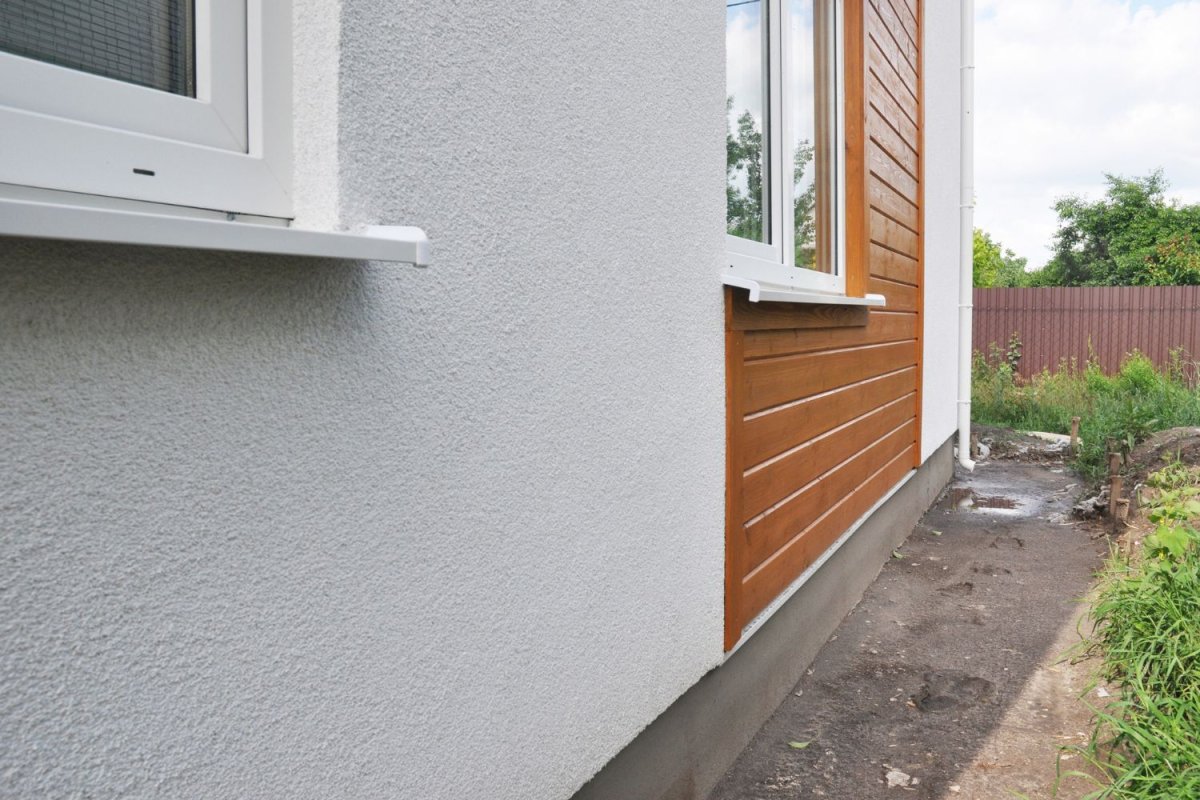

We may earn revenue from the products available on this page and participate in affiliate programs. Learn More ›
A well-kept exterior can make a home look more inviting. Homeowners whose houses are looking a little drab may be considering updating their home with new stucco or siding—but what is the best type of material to choose? There are several factors for homeowners to keep in mind when comparing the benefits, durability, and cost of stucco vs. siding for their house. Both stucco and siding offer unique benefits and various design options, making it important for homeowners to weigh the pros and cons before making a decision and hiring a professional.
“Stucco siding is a mix of cement, lime, and sand, meticulously applied over a foundation of wire mesh or wooden lath,” explains Artem Kropovinsky, interior designer and founder at Arsight, a Brooklyn, New York-based interior design firm. “The beauty and texture aren’t just the result of the ingredients, but the expertise with which they’re brought together.”
Stucco installation costs can vary widely depending on several factors, including the region, the size of the house, and the specific stucco finish. The cost to stucco a house averages $14.50 per square foot, which is relatively high compared to more budget-friendly options such as vinyl siding. It’s important for homeowners to note that maintenance costs can add up over time, especially if they need to re-stucco their house, which can incur additional expenses. There are different types of stucco siding, with synthetic stucco and traditional stucco being the most popular.
When it comes to house siding, there are different types of siding available, such as vinyl siding, wood siding, fiber cement siding, and more. House siding costs for installation will vary depending on the type of siding chosen and the complexity of the project. Vinyl siding tends to be more budget-friendly, with a price range of $6.50 to $12.50 per square feet. The final price depends on the style and size of the house, the brand and type of siding, and local labor rates. Fiber cement siding is slightly more expensive, with a cost range of $4 to $15 per square foot. The overall price of fiber cement siding vs. stucco depends on the size and height of the home; the style, type, and brand of siding; geographic location; and local labor pricing. Fiber cement stucco panels can also mimic the look of a stucco finish on the exterior of a home. This stucco board siding can help homeowners get the look they want with durable fiber cement siding.
Another factor for homeowners to consider is the durability and longevity of stucco vs. siding. Stucco exteriors are known for their durability and can last for several decades with proper maintenance, and homeowners can learn how to maintain stucco to save on long-term costs. Siding materials like vinyl and fiber cement stucco panels for residential use are also durable but may require occasional maintenance, such as repainting or cleaning.
When homeowners are considering siding colors and styles, both stucco and siding offer a wide range of choices. Modern stucco siding comes in various colors and finishes, including smooth stucco, and can be customized to match a homeowner’s design preferences. Siding options provide even more flexibility with various colors, textures, and styles to choose from. If a homeowner already has a stucco exterior and is considering siding over stucco, it’s important for them to factor in the cost of removing the existing stucco, which can be labor intensive and costly.
The cost of stucco vs. siding depends on multiple factors, including the type of siding, the size of the project, and the location. While stucco installation cost may be moderately higher than for siding, stucco offers durability and unique design options. Siding options such as vinyl and fiber cement can be more budget-friendly but may require ongoing maintenance. Ultimately, the decision will need to align with a homeowner’s budget, preferences, and long-term maintenance considerations, making a siding cost comparison essential for a homeowner to make an informed choice.
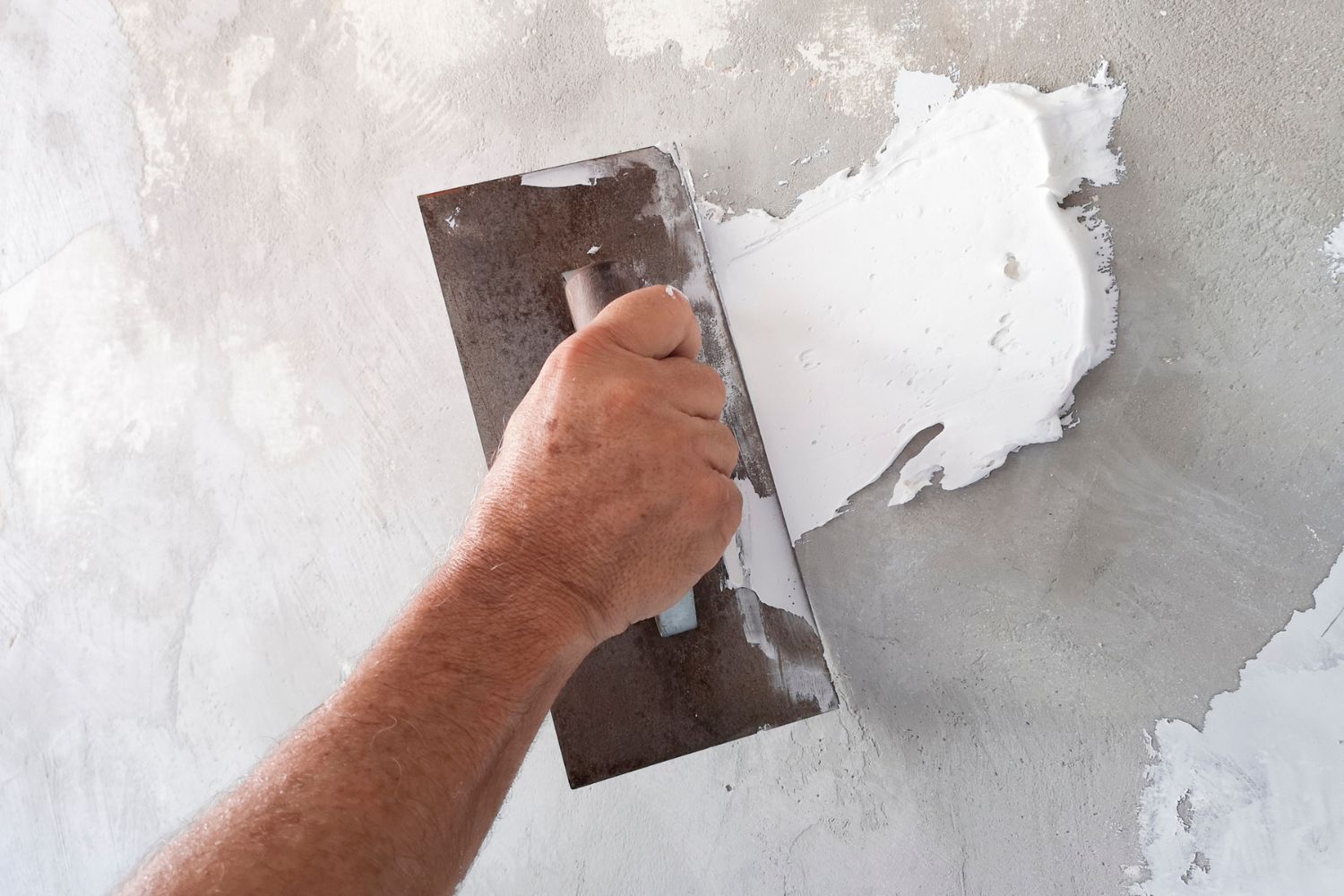
1. Stucco has a higher up-front cost than vinyl siding but is more durable over time.
“On the spectrum of cost, stucco often positions itself between the everyday charm of vinyl and the elegance of stone,” explains Kropovinsky. “The initial outlay might be more than some materials, but its endurance and aesthetic appeal often validate the expenditure.”
When homeowners are considering stucco vs. vinyl siding prices, stucco typically comes with a higher initial cost than vinyl siding costs. The higher stucco prices can often be justified by the long-term durability and benefits that stucco provides. Stucco is renowned for its resilience and ability to withstand various weather conditions, including extreme heat and cold. When properly maintained, stucco exteriors can last for several decades, making them a cost-effective choice in the long run. Unlike vinyl siding, which may require periodic replacement or repairs due to issues like fading, cracking, or warping, stucco can offer a more stable and durable solution.
“When we talk about stucco’s durability, it’s commendable,” says Kropovinsky. “A routine scan for potential imperfections and timely interventions ensure it remains in top shape for years.”
Stucco also provides excellent insulation properties, helping to regulate the temperature in the home. This can lead to energy savings and lower utility bills, contributing to its long-term value. While stucco may require occasional maintenance, the cost to re-stucco a house can add up over time. On the other hand, vinyl siding may require more frequent maintenance and may not have the same lifespan as stucco.
While the average cost to stucco a house is more expensive than the cost to install vinyl siding, stucco’s durability, longevity, and energy-efficient properties can make it a wise investment for homeowners looking for a cost-effective and long-lasting siding solution. The decision will depend on a homeowner’s budget, preferences, and a consideration of the initial cost against the long-term benefits of stucco.
2. Siding costs depend on the material; vinyl siding is considered low cost, while brick and stone veneer siding can cost more than stucco.
Siding costs can vary significantly based on the material chosen for the home’s exterior. It’s important for homeowners to know how different siding materials can impact their budget.
- Vinyl siding. Vinyl siding is often considered a low-cost option, since it’s affordable both in terms of material and installation. On average, vinyl siding can range from $6.50 to $12.50 per square foot, depending on the type of vinyl siding. It’s durable and low-maintenance, and it comes in a wide variety of colors and styles.
- Stucco. Stucco pricing typically falls in the mid-range of costs. The cost of stucco per square foot averages $14.50. While it may have a moderately higher up-front cost than vinyl siding, its durability and longevity can justify the investment over time.
- Brick and stone veneer siding. Brick and stone veneer siding options are often among the most expensive choices. The cost of these materials can exceed that of stucco, primarily due to the materials themselves and the skilled labor required for installation. Brick and stone veneer siding can provide a timeless and elegant look to a home but may not be as budget-friendly as other options. The cost of brick veneer ranges from $3 to $10 per square foot, although it’s common for homeowners to use veneer in certain areas of the home to highlight specific sections and to save money. The work is demanding and requires skilled professionals to install the material. If it is installed incorrectly, the siding can sag and crack, which can lead to costly repairs.
- Wood siding. Stucco vs. wood siding costs can vary widely depending on the type of wood used and its quality. Cedar and redwood, for instance, tend to be more expensive than pine. Wood siding also requires more maintenance, including regular painting or staining, which adds to the long-term cost. Homeowners can expect to pay between $1 and $15 per square foot for wood siding, depending on the type of wood and the size of the home.
- Fiber cement siding. Fiber cement siding is a durable and low-maintenance option that falls in the mid-range of siding costs, similar to the cost of stucco. It offers a combination of affordability, longevity, and resistance to pests and rot. The cost of fiber cement siding runs from $5 to $14 per square foot.
It’s important for homeowners to consider not only the initial installation cost but also long-term maintenance and durability when selecting a siding material. The material will need to work with a homeowner’s budget and local climate. Consulting with a professional contractor or siding expert can help homeowners make an informed decision based on their specific needs and circumstances.
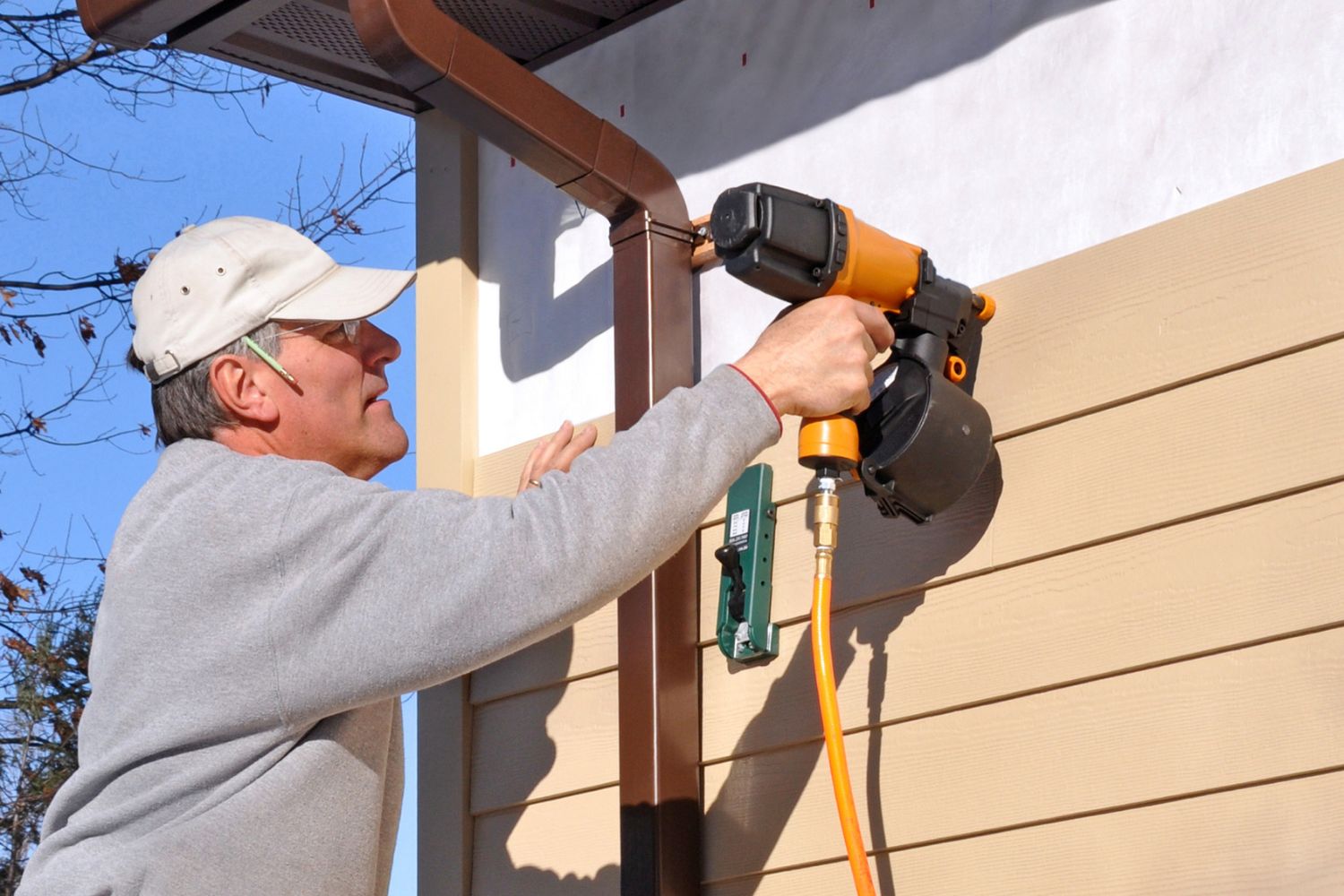
3. Siding is the more customizable option, with homeowners able to choose the material and style that fit their needs and budget.
Siding offers homeowners a high degree of customization when it comes to material, style, and budget. This flexibility is one of the key advantages of siding, and it allows homeowners to tailor their choices to their specific preferences.
- Material options. Siding provides a wide range of material choices, each with its own unique characteristics and visual appeal. Whether a homeowner prefers the affordability of vinyl siding, the timeless look of brick, the durability of fiber cement, or the natural beauty of wood, they can find a material that suits their taste and budget.
- Style and design. Siding offers various styles and designs, allowing homeowners to achieve the desired look for their homes. Homeowners can find a siding option that complements their home’s architectural style and their own personal preferences. Different textures, colors, and finishes are available to match their vision.
- Budget-friendly options. Siding is versatile in terms of cost, making it accessible to a wide range of budgets. While high-end materials like brick and stone veneer can be more expensive, there are budget-friendly choices such as vinyl siding and engineered wood siding that offer affordability without the need to compromise on quality or appearance.
- Customization. Homeowners can also customize the siding installation to their liking. Whether they want to mix and match siding materials for a unique look, incorporate decorative elements, or choose from various siding profiles, the possibilities are extensive.
Stucco, while versatile in its own right, may have limitations when it comes to certain styles and customization options. Stucco’s appearance is typically smooth and can be customized with different finishes and colors, but it may not offer the same variety of textures and styles as siding.
4. Vinyl siding can be installed as a DIY project, which can cut down on installation costs; stucco requires professional installation.
Vinyl siding can often be installed as a DIY project, potentially reducing overall installation costs. On the other hand, stucco typically necessitates professional installation due to its complexity and the specialized skills required.
Vinyl siding is known for its ease of installation, making it a feasible DIY project for homeowners with some basic carpentry skills. The lightweight nature of vinyl siding and its interlocking panels simplify the installation process for homeowners. Many manufacturers provide detailed installation guides with the siding materials, and there are numerous online tutorials available to assist DIYers during the installation process. By taking on the installation themselves, homeowners can save on labor costs, which can be a significant portion of the overall siding budget.
Stucco installation is a highly specialized task that demands a thorough understanding of the process, including how to prepare a proper substrate, mix and apply the stucco material, and achieve a smooth and uniform finish. Professional stucco contractors possess the expertise and equipment needed to ensure a durable and aesthetically pleasing result. Mistakes in stucco installation can be costly to rectify, potentially leading to issues like cracking, water intrusion, or poor insulation. In some regions, building codes may require stucco installation to be performed by licensed professionals to ensure structural integrity and safety.
“Overlaying stucco on pre-existing siding is a nuanced decision,” says Kropovinsky. “It can be done in certain scenarios, but the compatibility of materials and moisture considerations are paramount before making such a move.”
While DIY vinyl installation can be a cost-effective option for those with the necessary skills and time, it’s crucial for homeowners to recognize that stucco’s intricate nature typically makes it a job best left to experienced professionals.
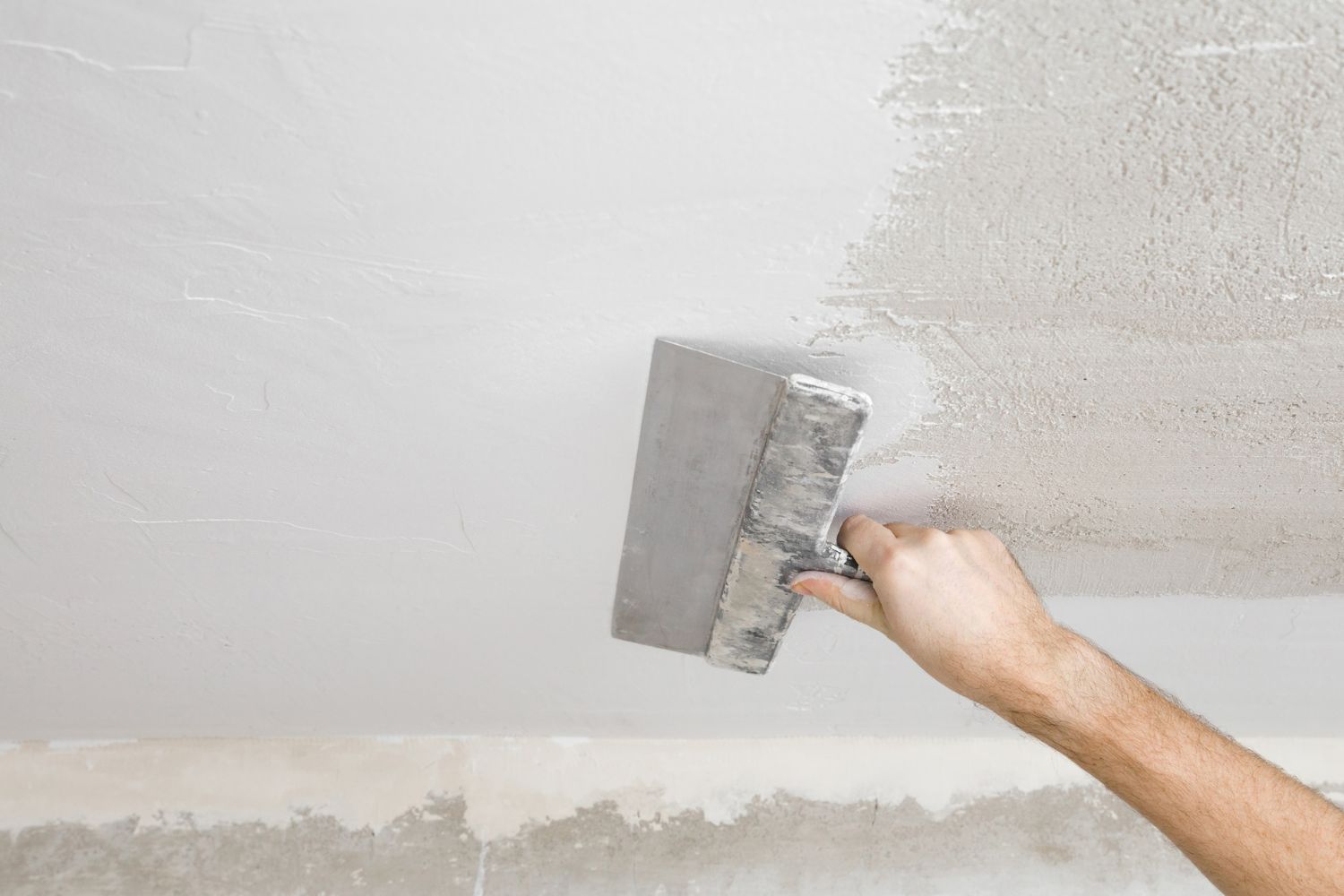
5. Stucco has an average lifespan of 60 to 100 years and can withstand harsh climates, while vinyl siding lasts 20 to 40 years and is more susceptible to water damage.
Stucco boasts an impressive lifespan, often ranging from 60 to 100 years or even more when properly maintained. Its durability and ability to withstand harsh climates, including extreme heat and cold, make it a popular choice for homeowners seeking a long-lasting and resilient exterior finish. Stucco’s robust nature can contribute to its longevity, provided it is professionally installed and undergoes periodic maintenance.
In contrast, vinyl siding, while offering affordability and ease of installation, typically has a shorter lifespan, averaging between 20 and 40 years. Over time, vinyl siding can become more susceptible to wear and tear, including fading and warping, especially when exposed to prolonged sun or extreme weather conditions. Vinyl siding may also be more prone to water damage if not properly sealed and maintained, which can lead to issues like mold and mildew growth or structural damage in some cases.
It’s important for homeowners to note that various factors, including climate, maintenance practices, and the quality of installation, can influence the actual lifespan of both stucco and vinyl siding. Routine inspections and maintenance, such as sealing gaps, repairing, or cleaning, can help extend the life of either siding option.
6. Stucco can cost more to maintain; it can fade in sunny climates and need frequent paint touch-ups, and it can develop cracks that require repair to prevent them from becoming widespread.
It’s important for homeowners to consider the maintenance requirements of stucco when choosing it as a siding option.
- Fading in sunny climates. Stucco exteriors in sunny climates may be susceptible to fading over time due to prolonged exposure to UV rays. This fading can impact the appearance of a home, potentially necessitating paint touch-ups or repainting costs with the best exterior paint for stucco to maintain its visual appeal. Using high-quality, UV-resistant paint and performing regular inspections can help mitigate fading issues.
- Cracks and repairs. Stucco can develop cracks, especially in regions with fluctuating temperatures or seismic activity. It’s essential for homeowners to address these cracks as soon as possible to prevent them from becoming more extensive. Small cracks can be repaired relatively easily, but if ignored, they can lead to more significant structural issues that require costly repairs.
- Maintenance costs. While stucco is durable and long-lasting, it does require periodic maintenance to ensure its continued performance and appearance. Maintenance costs may include repainting, repairing cracks, and cleaning. Homeowners will need to budget for maintenance and stucco repair costs to preserve the integrity of the stucco, though they may want to look into how to paint stucco themselves to save some money.
Some siding materials, such as vinyl, may require less maintenance. Vinyl siding is known for its low-maintenance characteristics, as it doesn’t need painting, resists fading, and is less prone to cracks. Since the lifespan of vinyl siding is shorter than that of stucco, replacement costs will also need to be considered by homeowners over the long term.
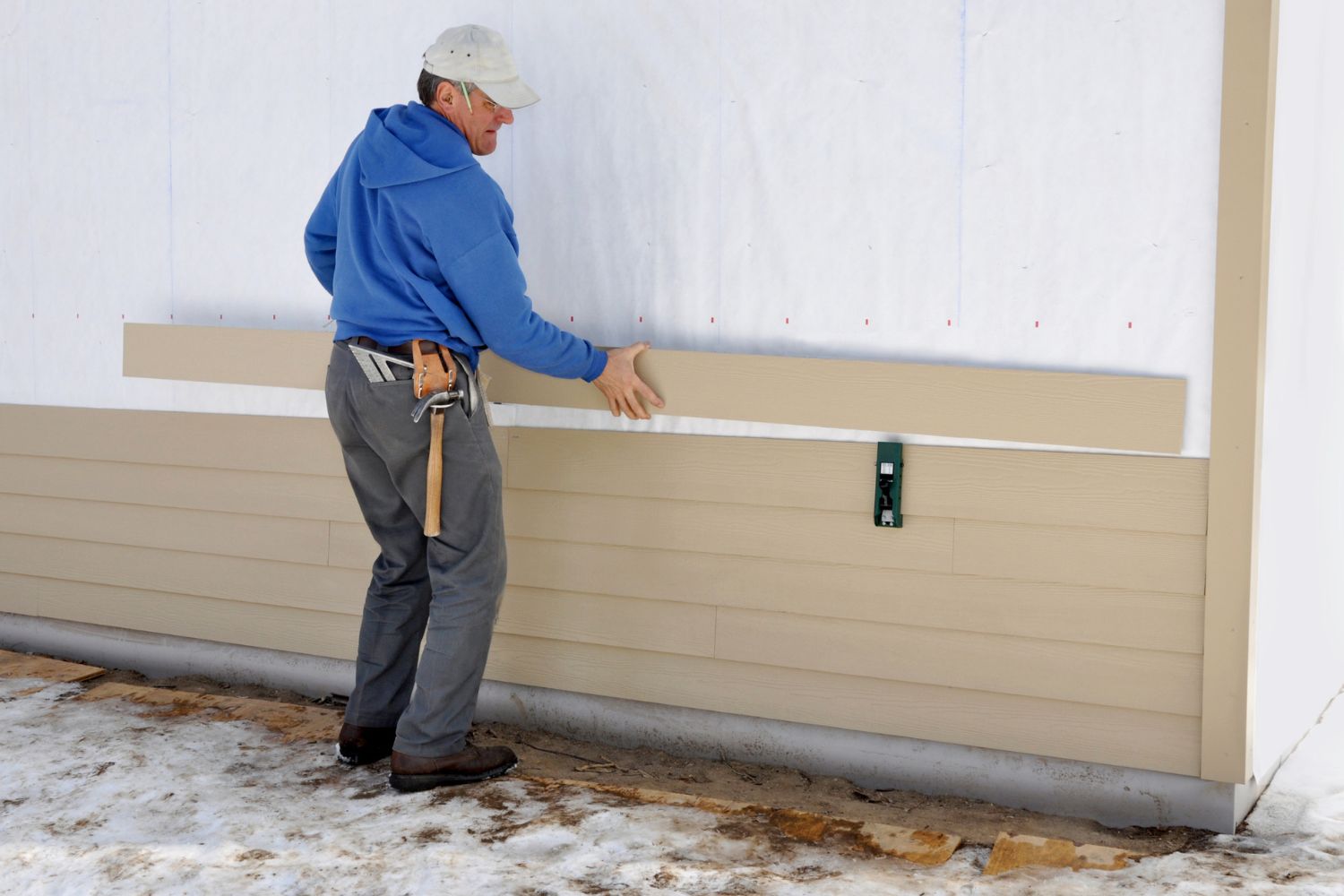
7. Siding also requires maintenance, including annual cleaning—but homeowners can DIY this maintenance to save on long-term costs.
Siding, like any other exterior material, requires maintenance to keep it looking its best. One of the advantages of many siding materials, including vinyl siding, is that homeowners can often perform the required maintenance themselves, which can help save on long-term costs. It’s helpful for homeowners to know the essential maintenance tasks for siding that can be handled as a DIY project.
- Annual cleaning. Regular cleaning removes dirt, dust, pollen, and mildew that can accumulate on the surface. Knowing how to clean vinyl siding is helpful for many homeowners. For most siding materials, a simple solution of water and mild detergent, along with a soft brush or a pressure washer on a low setting, can effectively clean the siding. Hiring one of the best vinyl siding cleaners can help save homeowners time.
- Inspection. Siding inspections can help identify any damage or issues. Homeowners will want to look for signs of wear, loose panels, or areas that may require repair. Detecting and addressing problems promptly can prevent more extensive and costly damage down the road.
- Repairs. If a homeowner notices any damage, such as cracks, loose panels, or holes in the siding, they can often handle small repairs as a DIY project. Depending on the severity of the damage, they may need to replace damaged sections of the siding, reattach loose panels, or seal gaps to prevent water damage.
- Repainting. Some siding materials, like wood siding, may require repainting periodically to maintain their appearance and protect against moisture. Repainting can be a DIY project, but it’s important for the homeowner to follow proper preparation and painting techniques to ensure a lasting finish.
By taking these maintenance tasks into their own hands, homeowners can save on long-term costs associated with siding upkeep. If there is extensive damage or issues that are beyond their expertise, it’s wise for them to call in a professional to make the repairs.
8. Homeowners will want to consider their personal tastes, as well as their budget, when choosing between stucco and siding for their home.
A home’s exterior is a reflection of the homeowner’s personal style and taste, and stucco and siding offer differing visual appeal. Stucco often presents a smooth or textured finish with a range of customizable colors and finishes, while siding comes in various materials, styles, and colors, offering a broad spectrum of design options.
Budget is a significant factor in any home improvement project. Stucco, while durable and long-lasting, can come with a higher up-front installation cost than some other siding options. The regional climate can also influence the choice between stucco and siding. Stucco is known for its ability to withstand harsh climates, making it suitable for areas with extreme temperature variations. It may require more maintenance, such as periodic repainting and crack repairs, and siding materials may have specific maintenance needs based on the climate as well.
Homeowners will also want to check with their local building authorities to understand any specific requirements or restrictions regarding siding materials. Some regions may have regulations regarding the use of certain siding materials or finishes. In the end, the decision between smooth stucco finish cost and siding cost will need to be a well-informed one, with homeowners taking into consideration personal tastes, budget, climate, and long-term objectives. Talking to a professional contractor or siding expert can also provide homeowners with valuable insights and help them make the best choice for their home’s exterior.
